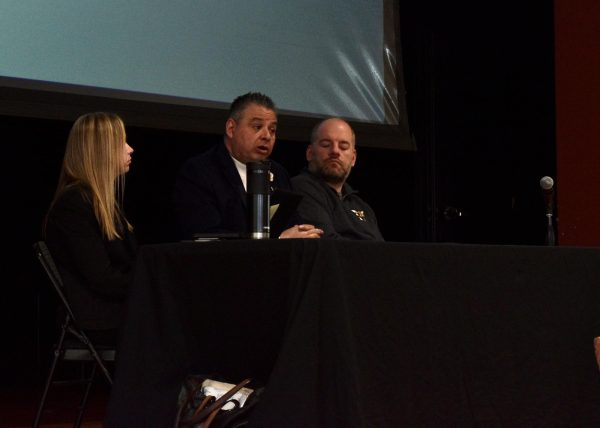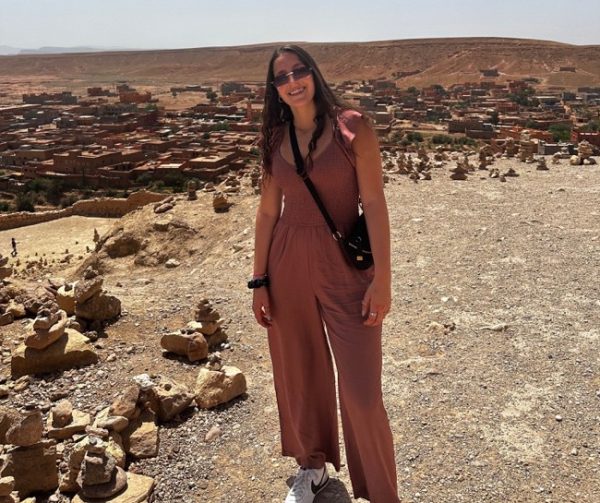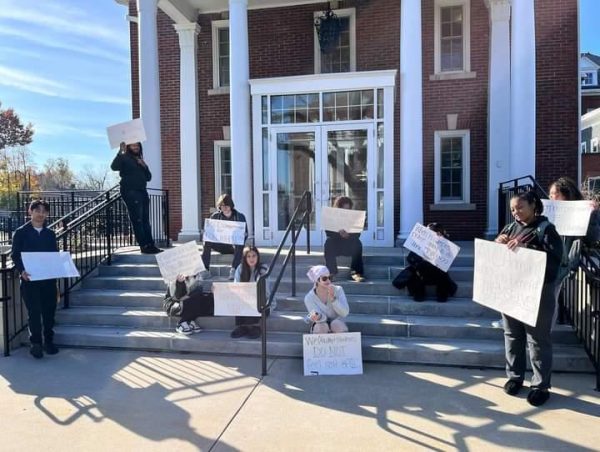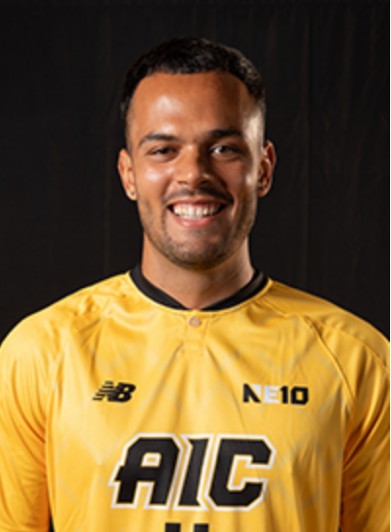The Modern-Day Taxi
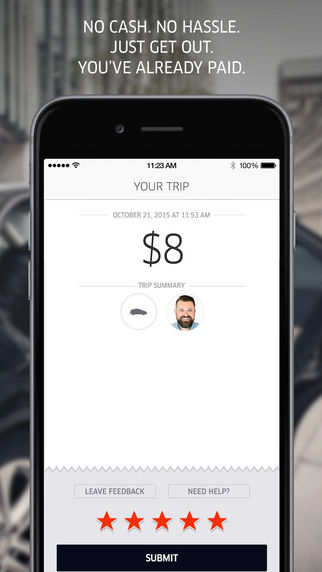
January 22, 2016
It’s 10 p.m. on a Saturday night and Christy McCray waits with her friends for a ride to the bar. They’ve done their hair and make-up and have even shared a few shots. Their ride isn’t another friend, and it’s not a taxi. It’s Uber.
“Now that I live in the city, it’s not only reliable transportation, but it’s so convenient too,” said McCray.
Uber is an app-derived transportation company that uses GPS technology and allows the payment to be made directly from a phone.
The transportation service exists in over 100 cities and 68 countries, according to its website.
McCray, 23, has used Uber every weekend in Dallas for the past two months.
“It’s around $10 a ride, so whenever going out with friends, we all take turns taking care of the cost,” she said.
Uber users can become registered riders by downloading the app.
When a ride is needed, one can open the app and the GPS will find registered drivers nearby with estimated fare costs. Once a driver is selected, the driver is notified and arrives.
Credit card information is plugged into the app ahead of time and users have the opportunity to rate the drivers after the trip.
 Uber was first established in 2009 and was only really present in major cities.
Uber was first established in 2009 and was only really present in major cities.
However, Sal Harold, a 21-year-old junior at American International College sees the business expanding into Springfield – a smaller metropolitan area.
“Last year there were only two drivers on a Saturday night, so it took like 30 minutes to get picked up” said Harold. “Now, it’s like 10 minutes because there are more available drivers.”
Harold frequently uses Uber in Los Angeles too, where a ride costs him anywhere from $20 to $40.
One available driver is a middle-aged entrepreneur.
Khayyam Mahdi of South Hadley, Mass. has been driving for Uber since October.
Although he caters to any registered rider, Mahdi finds himself usually driving college students in between Springfield and Amherst.
“I like driving. It’s a great use of my time and it’s all by choice, not demand,” said Mahdi.
When he chooses to drive, he usually gives up two to four hours of his time. In that period, he can make anywhere from $50 to $130.
The process of becoming an Uber driver is not complicated, and Mahdi suggests it for anyone trying to supplement their income.
According to Mahdi, one must submit a CORI check and have a safe, clean, reliable vehicle made in 2005 or later.
“Uber is a structured and safe service for both drivers and riders, where both are based on a 5-star rating system,” he said.
The ability for nearly anyone to drive for Uber has sent taxi companies into a frenzy.
The San Francisco Examiner discussed this issue with Kate Toran. She is the interim Taxis and Accessible Services director for the San Francisco Municipal Transportation Agency.
According to the source, in 2012, there were 1424 average monthly trips by taxi in San Francisco. In July 2015, the average was down to 504 trips in the city. That is a 65 percent decrease.
The cab companies began to see the decrease shortly after Uber expanded to the city in October 2012.
The Harvard Business Review suggested that cab drivers cannot compete with Uber on the basis of licensing drivers.
Taxi drivers need a specific license called a medallion license. Each city limits the number of medallion licenses it grants.
According to the New York City Taxi and Limousine Commission, a new license for a driver is $84.
Uber drivers do not need this specific license, although they offer the same service.
According to the Harvard Business Review, Uber’s defense is that customers do not hail drivers in the street. They organize rides ahead of time.
Taxi drivers also must pay fees and taxi insurance. Sometimes, public liability insurance is required on top of that.
But McCray does not see Uber affecting taxi companies in any extremity.
“I feel like New York City is the only place really left that relies heavily on cabs,” she said.






